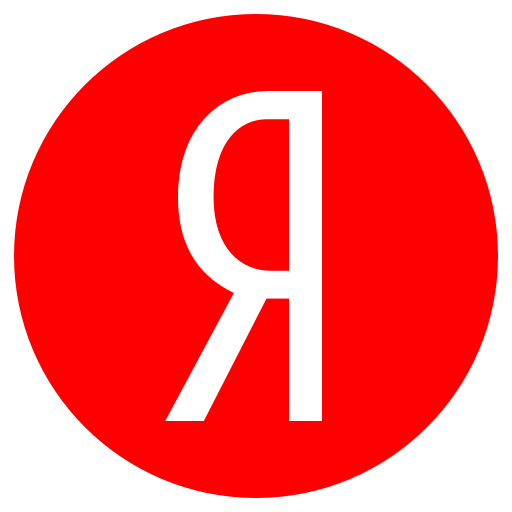Что такое Горизонт
Горизонт - специализированная система безопасности, предназначенная для обеспечения безопасности операций в критических системах. В стеке Горизонта используется технология блокчейн и консенсус доверия, основанный на модели горизонтальных связей, репутациях сущностей и поведенческих паттернах обычных людей в реальной жизни.
Горизонт — используется другими приложениями экосистемы для выполнения операций, при которых требуется обеспечение высокого уровня безопасности пользователей и данных.
Для чего нужен Горизонт
Горизонт необходим для решения следующих задач:
- Проверка подлинности авторов запросов
- Обслуживание событий и инцидентов безопасности
- Защита профиля пользователя от действий злоумышленников
- Верификация изменений персональных данных
- Верификация совершаемых в экосистеме операций
- Обеспечение целостности частных и публичных сообщений
- Действия с персональной и корпоративной цифровой подписью
- Регулирование прав на интеллектуальную собственность
- Проведение доверенного документооборота
- Действия с цифровыми контрактами
- Обслуживание соглашений и сделок
- Обслуживание соглашений и сделок
- Совершение операций с активами
Как устроен Горизонт
У Горизонта есть публичная сеть, которая используется приложениями экосистемы.
В публичной сети через монитор операций можно получать информацию о всех событиях системы в реальном времени, самостоятельно проверить целостность данных.
В работе Горизонта участвуют системные и частные ноды, а также устройства пользователей приложений экосистемы.
Публичная структура сети имеет вид куста, растущего одновременно всеми отростками.
В Горизонте без потерь в производительности может проводиться параллельно и одновременно неограниченное количество транзакций.
Каждый пользователь является родоначальником нового отростка на кусте. Своя цепочка есть у каждого пользователя, состоящая из производимых пользователем блоков.
Horizon blocks
The primary operational component of Horizon is the author's blocks, composed of a distinctive dataset. These blocks are generated on the user's device over a specific time frame, during movements, interactions with other participants, and elements within the ecosystem. There is a cap on the number of blocks one user can create.
Each block serves as a distinctive identification of a specific user during a particular time period.
A personal chain is established by linking blocks on the user's device, and the combined hash from the block and related data is transmitted to the public network.
The user always retains the ownership of the block source, which is never shared with anyone.
What happens to blocks in a public network
Blocks received in the network via a specialized protocol begin to be ratified by other network participants. Every block necessitates a few dozen to several hundred confirmations.
Each user has the ability to confirm multiple blocks belonging to other users for every block they create.
During the confirmation process, unique horizontal connections are established for each block. The aggregate of all blocks from each user and their connections at that moment produces a distinctive pattern of horizontal links at levels 1-4. This pattern is crucial in crafting a personal digital signature.
Within the public network, a block must live for a considerable duration, typically at least 1 week, with many blocks' lifespan turning into months. The block's value to the network escalates as it ages and accumulates more confirmations from other network members, making it more valuable and thus more costly.
Determining the value of Horizon blocks
The value of a Horizon block is determined by considering the following parameters:
- Age and activity of the block creator within the ecosystem
- Level of community loyalty towards the block creator
- Reputation of the block creator
- Geographic scope of the block creator's activities
- Proprietary qualifications such as asset ownership and balance sheets
Transactions in Horizon
Transactions are initiated within the system, resulting in the creation of operations. Operations encompass diverse types, each of which corresponds to a specific system contract. A transaction can consist of multiple operations of the same type, enclosed within user-generated blocks.
When constructing a transaction, blocks are selected based on the contract requirements. Additionally, if permitted by the contract, the initiator's personal settings can be applied. For instance, the selection of blocks can be tailored by unique block features or the geographic location of the block or its creator.
A specialized algorithm for random selection, operating on the principle of deriving a random value from data not yet on the network, is utilized to choose blocks. This selection process essentially looks ahead to the future for its randomness.
Transactions carry different levels of importance, each with distinct block requirements and values. Within a transaction, the blocks must undergo validation. The network reaches out to the block creator for validation procedures. If the source is unavailable, the block is deemed unusable for the transaction.
Validated blocks must undergo a confirmation process where other participants, typically 5-10 per block, verify the accuracy of the calculations.
Authenticating authors requests
In the network model, immediate maintenance operations, such as authorizing the requester, are facilitated. In critical systems leveraging Horizon, this verification process is paramount before every active user action that involves modifying data composition.
If the author's request authenticity remains unverified, the subsequent actions cannot be deemed trustworthy.
Authentication procedures occur on both the author's device and the public network, irrespective of communication availability.
Horizon imposes varying requirements on authenticating requesters based on the operation's significance. Authentication is conducted through specialized operations utilizing a public bush and personal chain.
For authentication via the public bush, a validation request is made for a block from a chain older than 2 weeks. This parameter is customizable.
For instance, in the event of profile data theft, the perpetrator won't be able to perform user activities, alter email or phone details, send messages, or conduct financial transactions for a minimum of 2 weeks post the initial authorization. The genuine owner, upon the initial unsuccessful authentication of the requester, will promptly be alerted to a possible threat and can regain profile control harmlessly.
Ensuring not only the system's confidence in participant authenticity but also participants' trust in the system regarding data and operational instructions is crucial.

